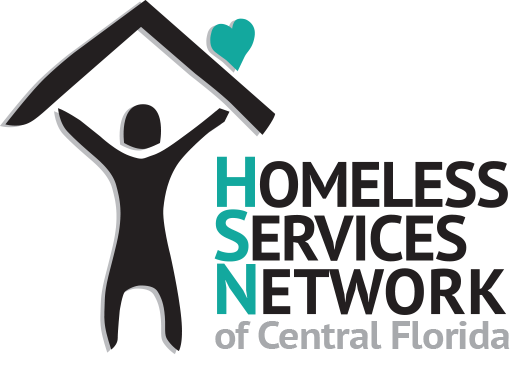
Why We Are Housing-Focused
What does it mean to be housing-focused?
At its core, it means getting people into stable housing as quickly as possible with no readiness requirements, and then addressing other issues.
Housing-focused is a homeless-assistance approach that prioritizes providing stable housing to people experiencing homelessness, giving them the opportunity to sleep without fear of being attacked, be sheltered from severe weather, and have an address they can use to apply for employment and services. This not only improves their quality of life; it also improves the quality of life for the community by reducing the number of people living on its streets. This approach is guided by the belief that people need basic necessities like food and a place to live before attending to anything less critical, such as getting a job, budgeting properly, or seeking help for mental-health issues. Additionally, unlike mass temporary shelters, a housing-focused approach is much more likely to result in people remaining housed for the long-term and improving their life.
How is housing-focused different from other approaches?
It does not require people experiencing homelessness to address all of their problems — including physical- and behavioral-health problems — or to graduate through a series of programs before they can access housing. It does not mandate participation in services either before obtaining housing or in order to retain housing. This approach views housing as the foundation for life improvement and enables access to low-cost stable housing without prerequisites or conditions beyond those of a typical renter. Supportive services are offered to help people remain housed, improve their health, and seek employment, but participation is not mandated, as services have been found to be more effective when a person chooses to engage.
Who can be helped by housing-focused programs?
The approach can benefit both homeless families and individuals with any degree of service needs. The flexible and responsive nature of a housing-focused approach allows it to be tailored to help anyone. As such, it can be applied to help end homelessness for a family who suffered a temporary personal or financial crisis and who needs help only to get back into stable — as well as for high-need populations, such as chronically homeless individuals with disabilities.
What are the elements of a housing-focused program?
The programs often provide rental assistance that varies in duration and amount depending on the household’s needs. Participants sign a standard lease and are able to access supports as necessary to help them do so. A variety of voluntary services may be used to promote housing stability and well-being during and following housing placement.
Does the housing-focused approach work?
There is a large evidence base demonstrating that this approach is the most effective solution to homelessness. People in housing-focused programs access housing faster and are more likely to remain stably housed. This is true for both PSH and rapid re-housing programs. PSH has a long-term housing retention rate of up to 98 percent. Studies have shown that rapid re-housing helps people exit homelessness quickly — in one study, an average of two months — and remain housed. A variety of studies have shown that between 75 percent and 91 percent of households remain housed a year after being rapidly re-housed.
Source: National Alliance to End Homelessness
The steps
Coordinated Entry System
CES is a person-centered process designed to provide the most appropriate housing intervention for each individual or family experiencing homelessness.
Ensures all homeless individuals are known by name.
Increases seamless connections between agencies.
Prioritizes clients based upon greatest needed, allowing for more efficient use of community resources.
Includes hubs (ongoing locations and temporary pop-up sites) and diversion practices
Special processes for veterans, youth and victims of crime (domestic violence and human trafficking)
Prevent, Diversion, Shelter.
Prevention & Diversion
Help with rent, utilities, family reunification and creative housing solutions.
Shelter
Emergency
Transitional – Up to three years of housing with case management for youth.
Bridge – temporary hotels
Supportive Housing.
Supportive Housing -
Long-term affordable housing combined with services.
Only for chronically homeless individuals with disabilities.
Supportive Housing has been proven to be a cost-effective solution to ending homelessness, as participants enrolled in the program have less interaction with high-cost crisis systems, such as jails and hospitals.
For supportive housing forms, click here.
Rapid Rehousing -
Supportive housing and time-limited rental assistance.
For families and individuals, including people with limited or no income and survivors of domestic violence and human trafficking.
Research demonstrates that those who receive rapid re-housing assistance are homeless for shorter periods of time than those assisted with shelter or transitional housing.
For RRH forms, click here.
